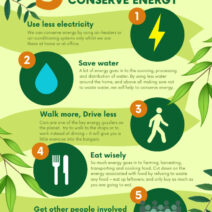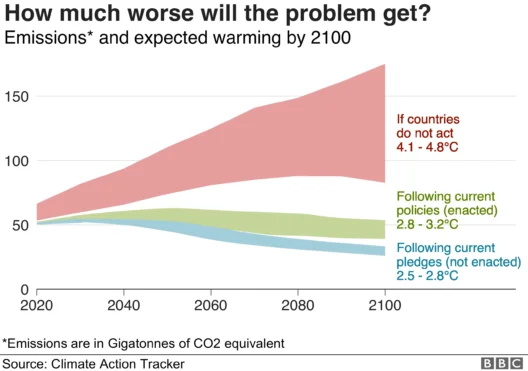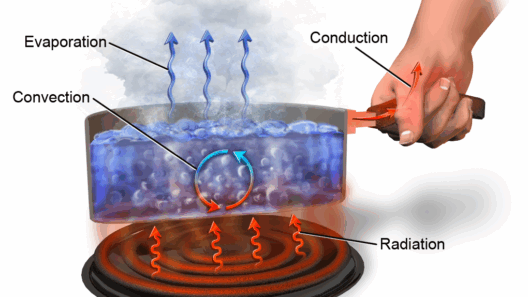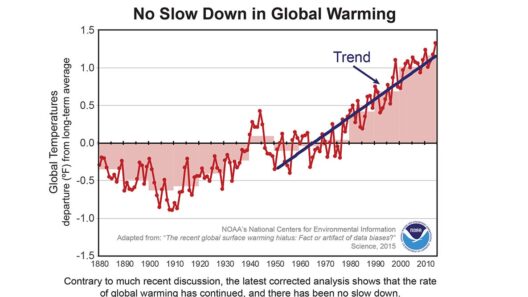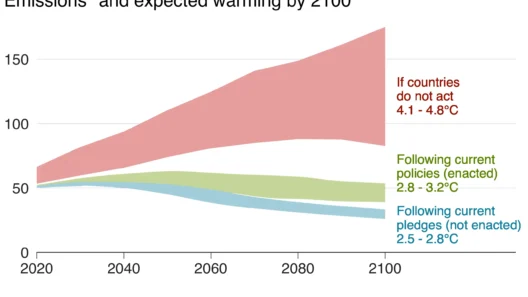As humanity grapples with the undeniable phenomenon of climate change, a pressing question looms: Does global warming cause more volcanic eruptions? This inquiry might elicit a sense of skepticism, perhaps even disbelief, prompting one to wonder if our planet’s warming climate could drive fissures deep within the Earth itself. To navigate this complex interplay between atmospheric and geological systems, we must first understand the mechanisms at work.
Global warming, chiefly driven by the proliferation of greenhouse gases, alters the Earth’s energy balance. These gases, primarily carbon dioxide, methane, and nitrous oxide, trap heat in the atmosphere, resulting in increased global temperatures. While this phenomenon predominantly affects weather patterns and oceanic conditions, its relationship with volcanic activity warrants further examination.
Volcanic eruptions stem from the movement of tectonic plates and the subsequent release of pressure build-up in the Earth’s crust. This geological activity is not inherently driven by meteorological conditions; however, recent studies suggest a nuanced connection between climatic fluctuations and volcanic behavior. It raises an engaging question: Could elevated temperatures inadvertently influence volcanic eruptions?
To dissect this potential link, one must consider how climate change affects the geophysical landscape. As glaciers and ice caps melt, they alleviate pressure on tectonic plates, which might allow for increased volcanic activity. In regions like Iceland, where glaciers rest atop volcanic systems, the unraveling ice could lead to a more dynamic eruption cycle. When the weight of ice diminishes, previously contained magma can rise more freely, culminating in eruptions that might be more frequent or more explosive.
Moreover, the warming climate can induce rapid shifts in geological stability. For instance, intensified rain events, a product of climate change, can lead to landslides and altered erosion patterns, which, in turn, may affect volcanic structures. These alterations could result in the reactivation of dormant volcanoes that might have otherwise remained quiescent for millennia.
On the other hand, the interplay between global warming and volcanic eruptions is complex and multifaceted. While we uncover evidence suggesting that certain conditions may precipitate eruptions, it is essential to recognize that not all volcanic activities respond uniformly to climatic shifts. Many eruptions are provoked by deep-seated geological processes that remain largely insulated from surface temperature changes.
Interestingly, volcanic eruptions themselves have the potential to influence climate. When a major volcanic event occurs, the release of ash and gases into the atmosphere can have a cooling effect on global temperatures. These particles reflect sunlight away from the Earth, contributing to what is known as “volcanic winter.” This cyclical relationship underscores an intriguing paradox: while volcanoes can influence climate, climate change may also impact volcanic activity
Expanding our understanding of this topic requires delving into the aftermath of volcanic eruptions. The ash and sulfur dioxide released can alter weather patterns and create a temporary atmospheric cooling effect. This, in turn, might temporarily mask some effects of global warming, providing a brief respite yet complicating our climate model predictions. The dual nature of volcanoes as both climate influencers and products of climatic changes adds to the conundrum.
As researchers explore this intricate connection, they pose the question of whether increased volcanic activity could be observed in conjunction with heightened global temperatures. The challenge lies in differentiating correlation from causation. While some data may point to increased volcanic activity during warmer periods, it is critical to establish a comprehensive understanding of the multitude of factors at play.
Furthermore, as scientists embark on this investigative journey, they highlight the importance of long-term monitoring of volcanic systems in a warming world. Employing advanced technologies such as satellite imagery and geothermal sensors enhances our ability to observe changes in volcanic behavior. This proactive approach could provide pivotal insights into predicting future eruptions and mitigating potential disasters.
International collaboration is paramount in addressing the challenges posed by climate change and volcanic activity. The sharing of research findings and advanced methodologies can foster a more robust understanding across geographical and scientific boundaries. By analyzing data from various regions, these collaborative efforts can lead to new models that accurately reflect the state of the Earth’s dynamic systems.
The inquiry into whether global warming can cause more volcanic eruptions remains a topic rife with scientific intrigue. While the connections between climate and geological processes are complex and multifaceted, the evolving understanding of this relationship highlights the need for ongoing research. Unraveling the mysteries of our planet entails painstaking investigation, yet every new discovery brings us one step closer to understanding the nuances of Earth’s systems.
In conclusion, investigating the link between global warming and volcanic eruptions reveals a tapestry of interrelated processes and outcomes. The interplay of atmospheric and geological conditions presents both a challenge and an opportunity for researchers. As this field continues to grow, we can only hope that the knowledge gleaned from such inquiries will empower us to protect our planet and navigate the stormy waters of climate change with foresight and resilience.

